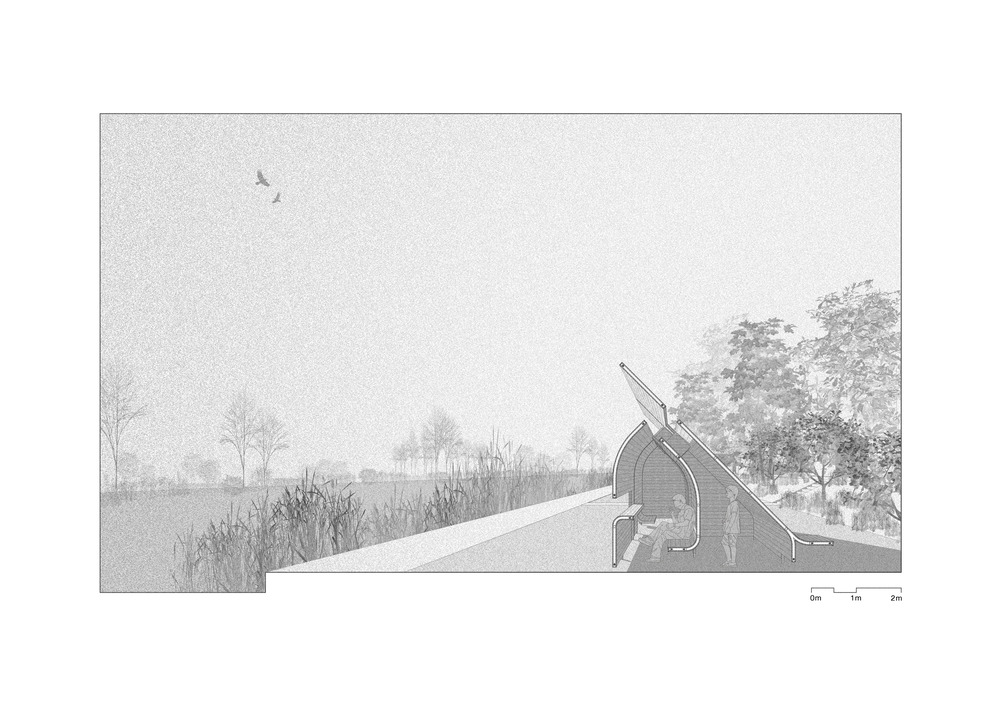LIN Architecture designed Wood Pavilion #1 as an experiment of archetype on how intimate space, private space, social space, and public space are defined and designed at different scales.
-text by the authors
Are there any new architectural space prototypes that can be discussed?
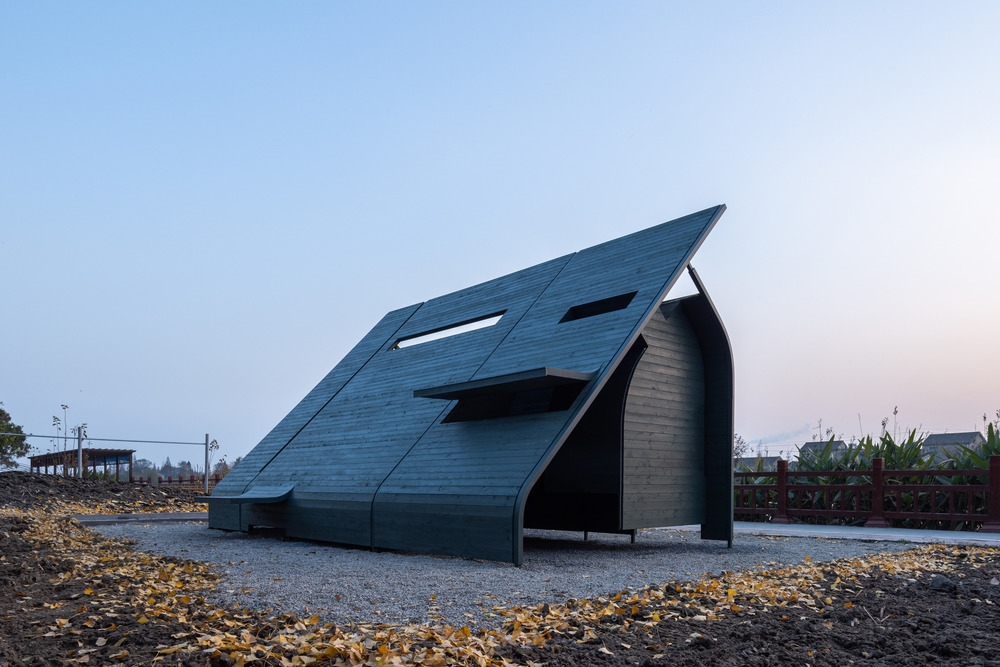
This is the starting point of this experimental project. This space experiment is located near the river in the tourist area of Jiangxin Island in Zhenjiang, Jiangsu province. In this project, architects give up the consideration of functional elements and start to look for keywords that can define spatial elements in the environment.
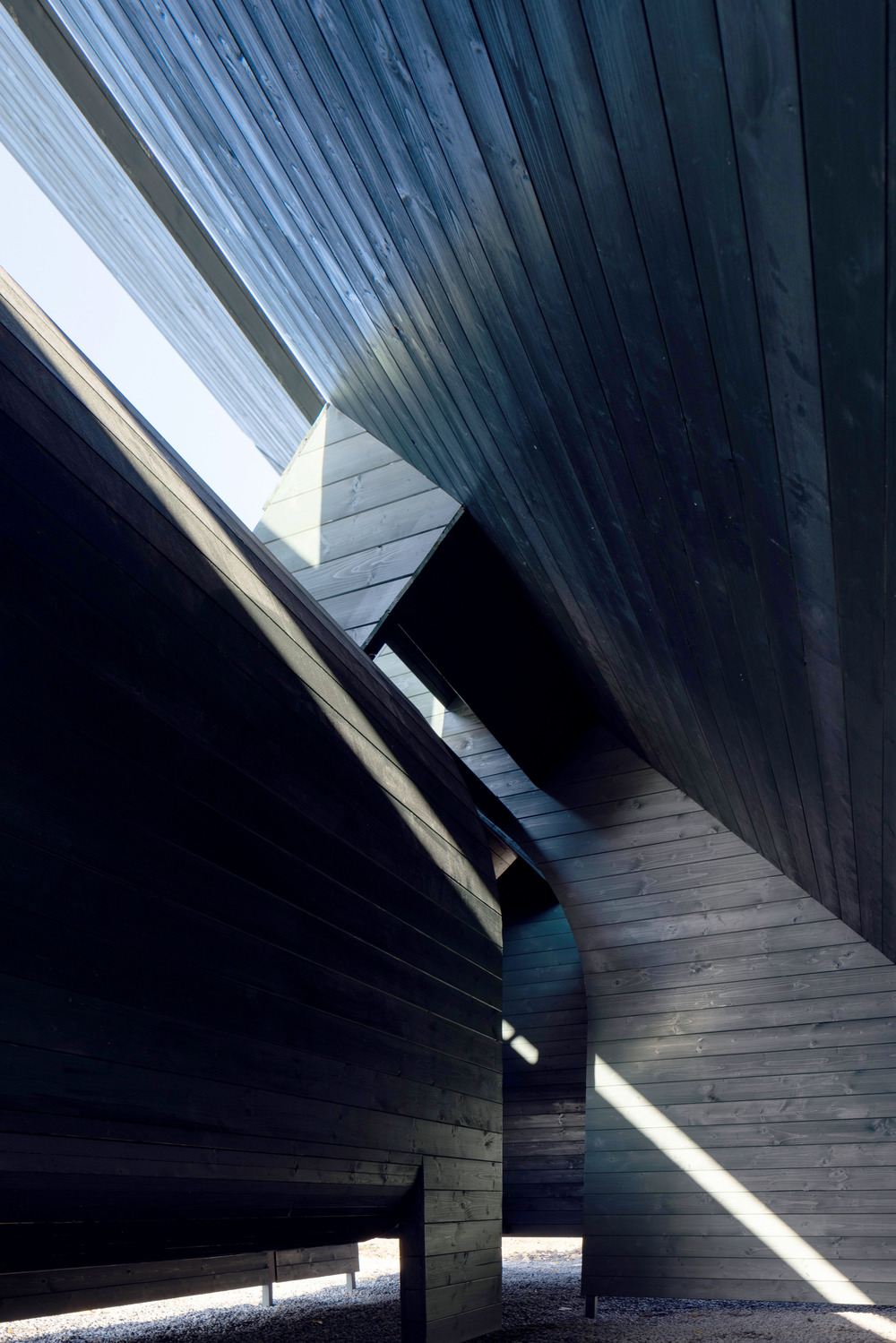
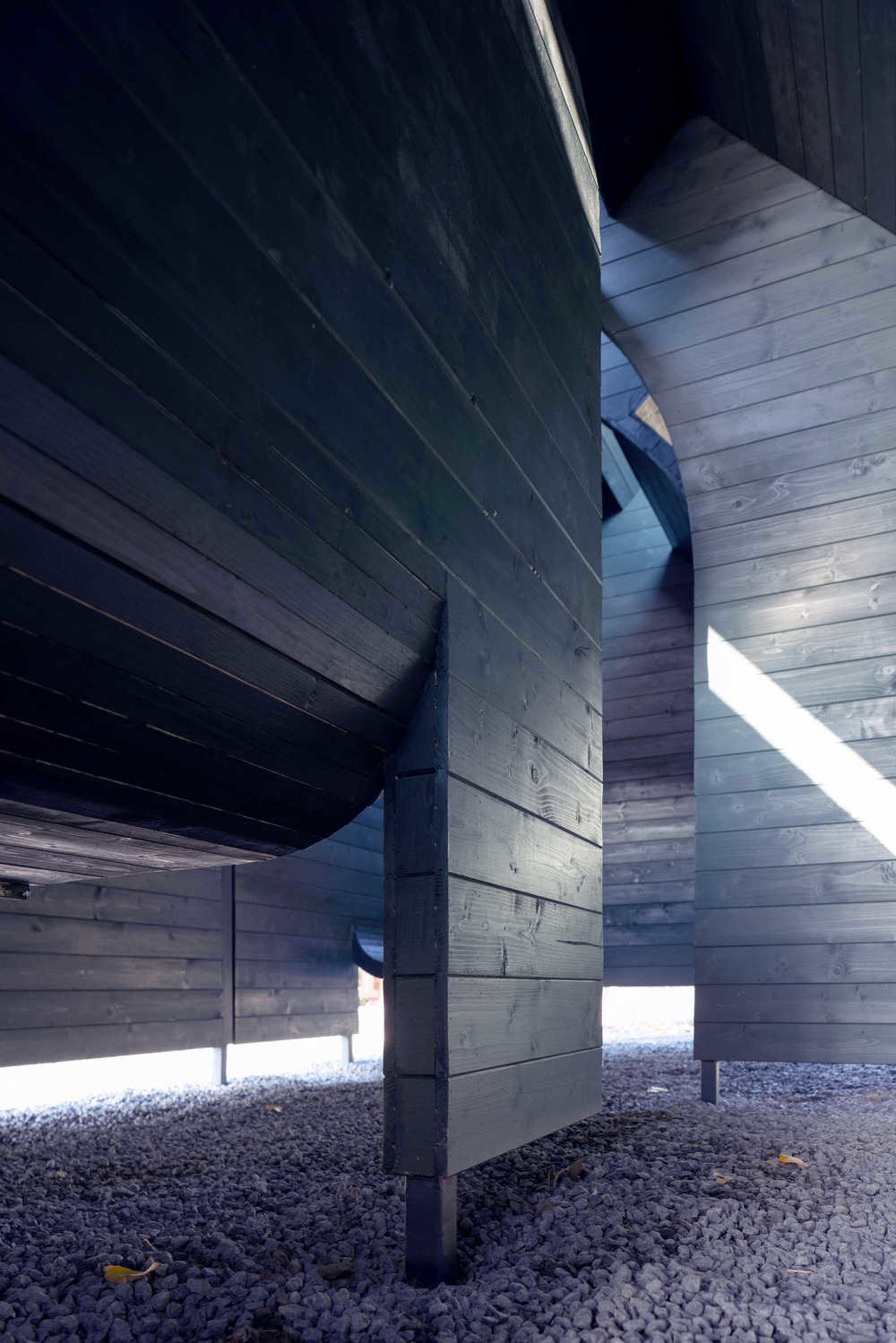
After analyzing the site, the design focuses on three keywords: ergonomics, Proxemics, and Behaviorology.
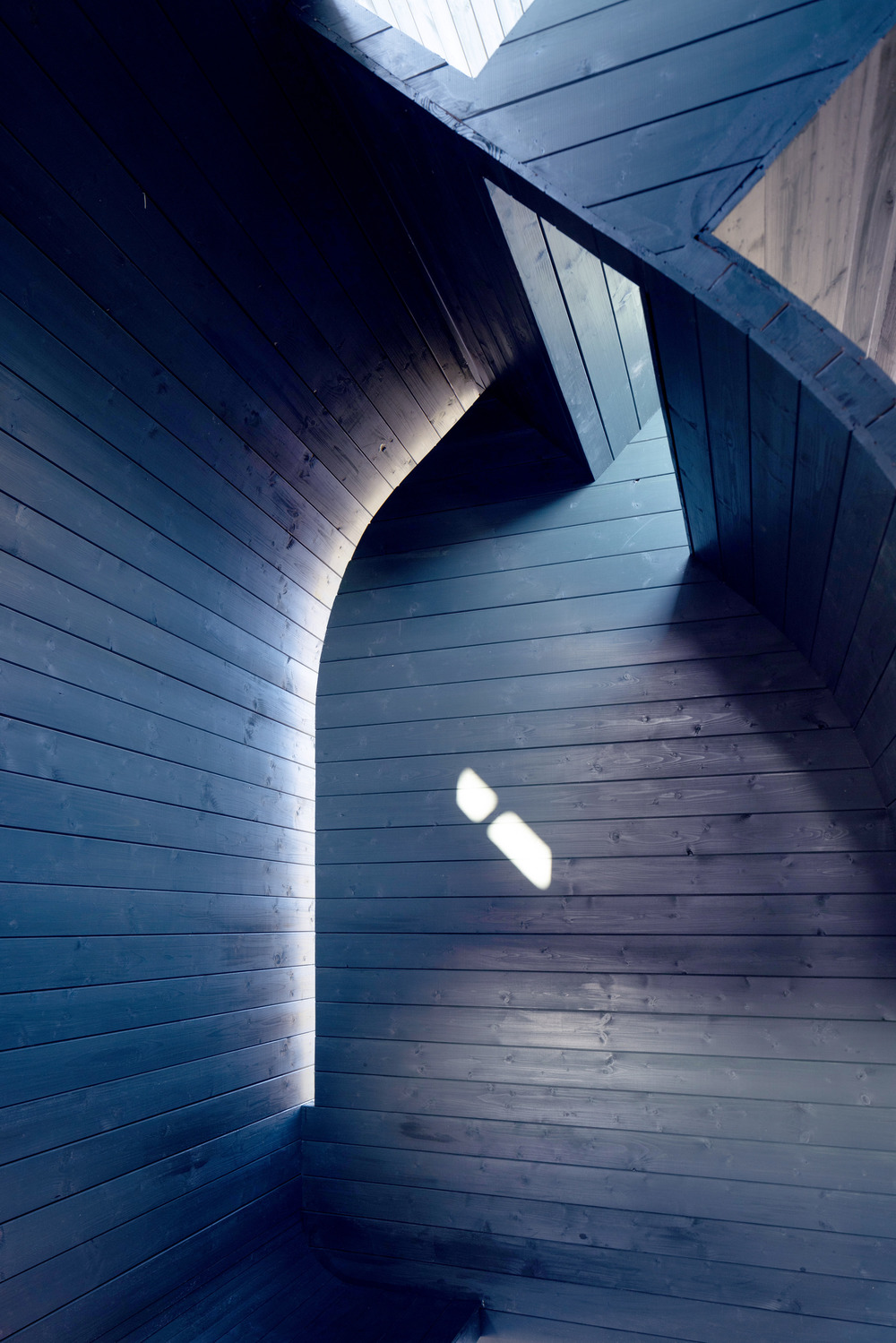
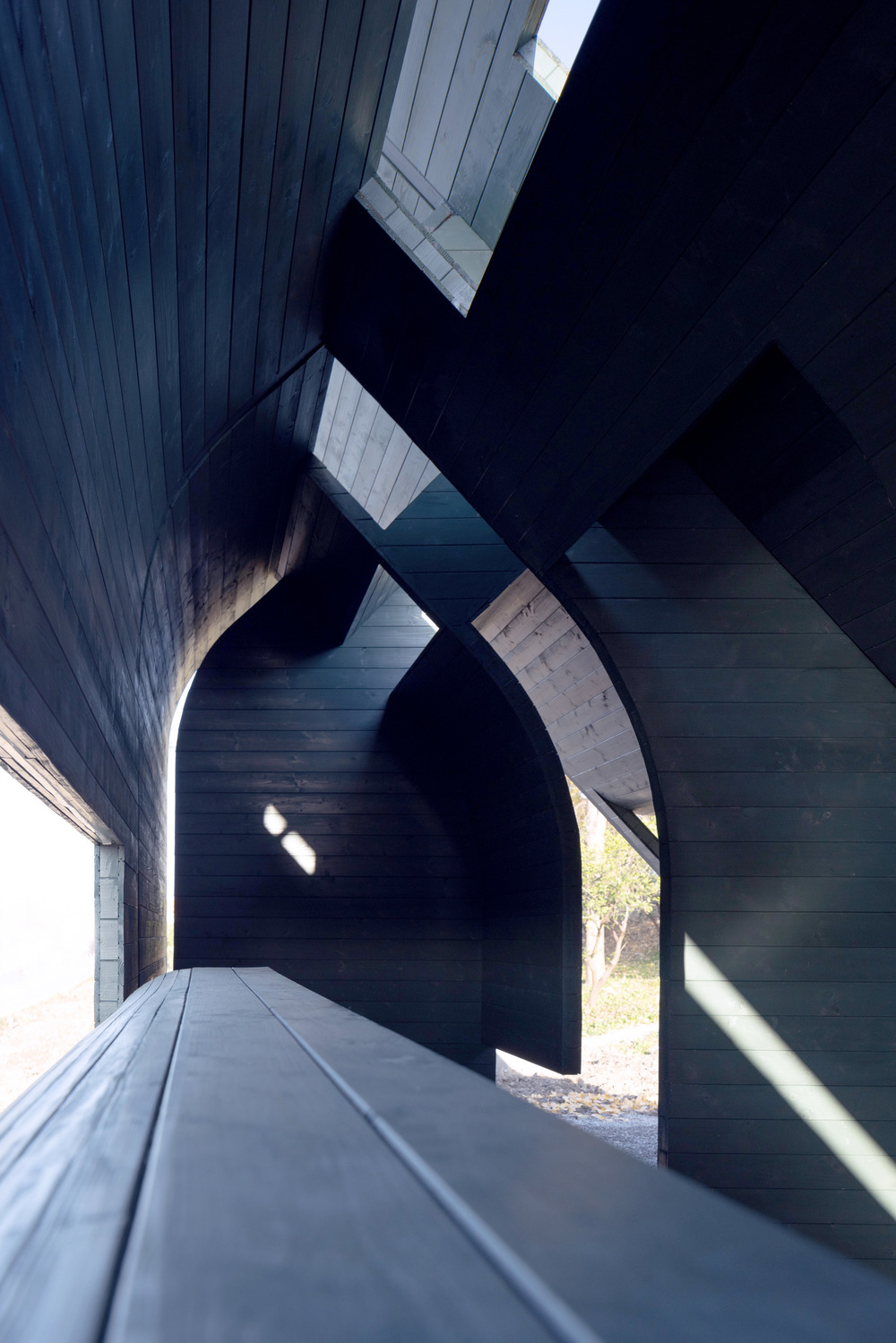
The scale of human behavior is one of the concerns of this project. Research on the behavior of different people is a very good design resource for architects. By observing and understanding the behavior of people, designers can discover all kinds of possibilities of space. Proxemics is a concept developed by Columbia University anthropologist, Edward T Hall, in his book, Hidden Scales. In this project, architects deepen and extend the concept, applying it to the category of physical space, discussing how intimate space, private space, social space, and public space are defined and designed at different scales.
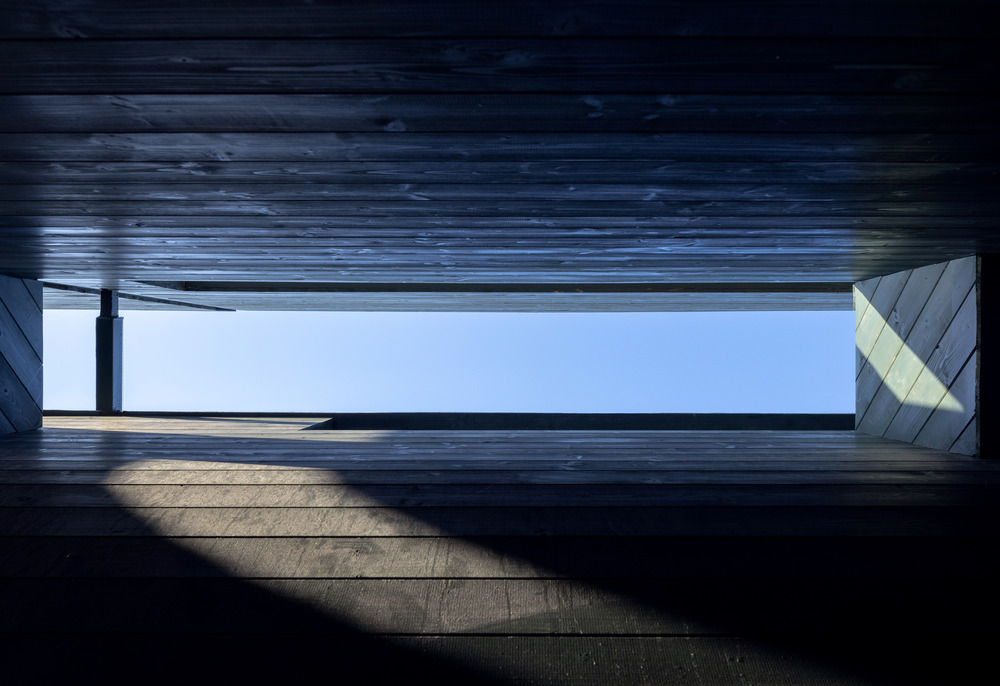
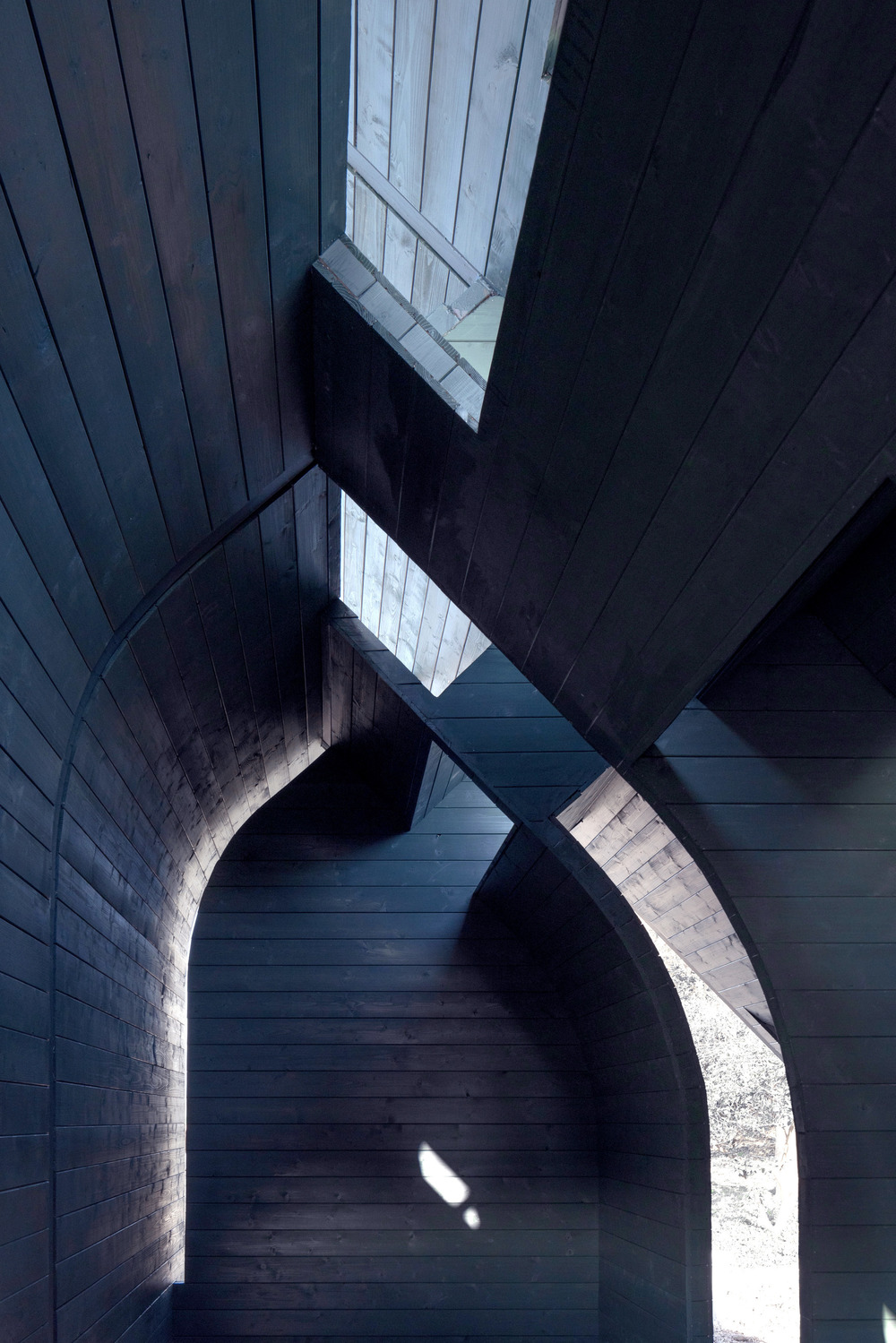
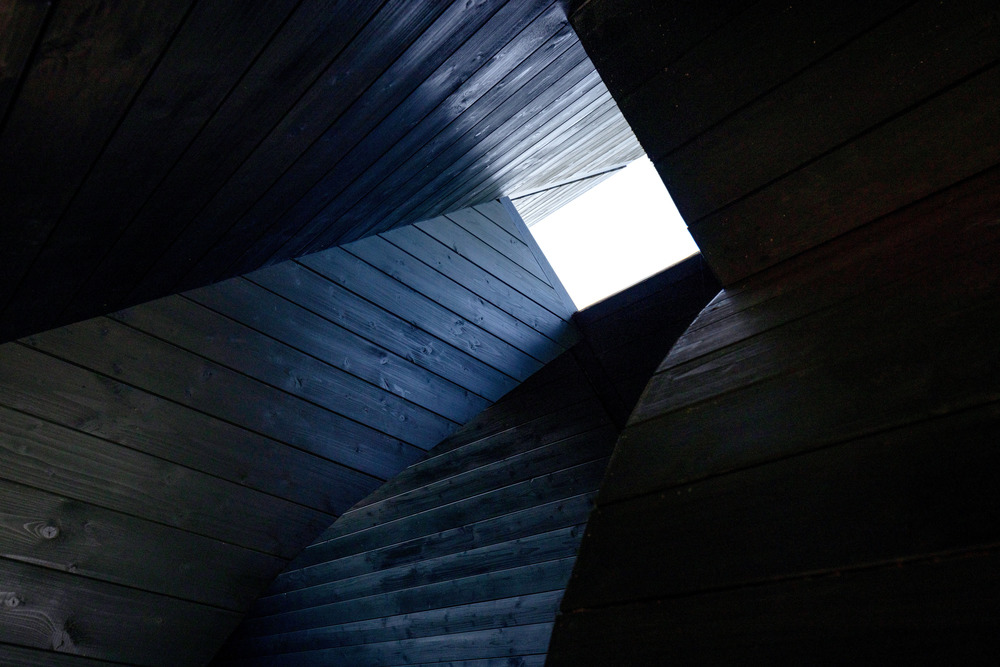
Speaking of behavior, from the perspective of architects Yoshiharu Tsukamoto and Momoyo Kaijima, human, nature, and architecture are discussed as a whole, because the study of this case does not involve the category of urban daily life pattern. Therefore, the Behaviorology of various elements in the natural environment was studied and explored.
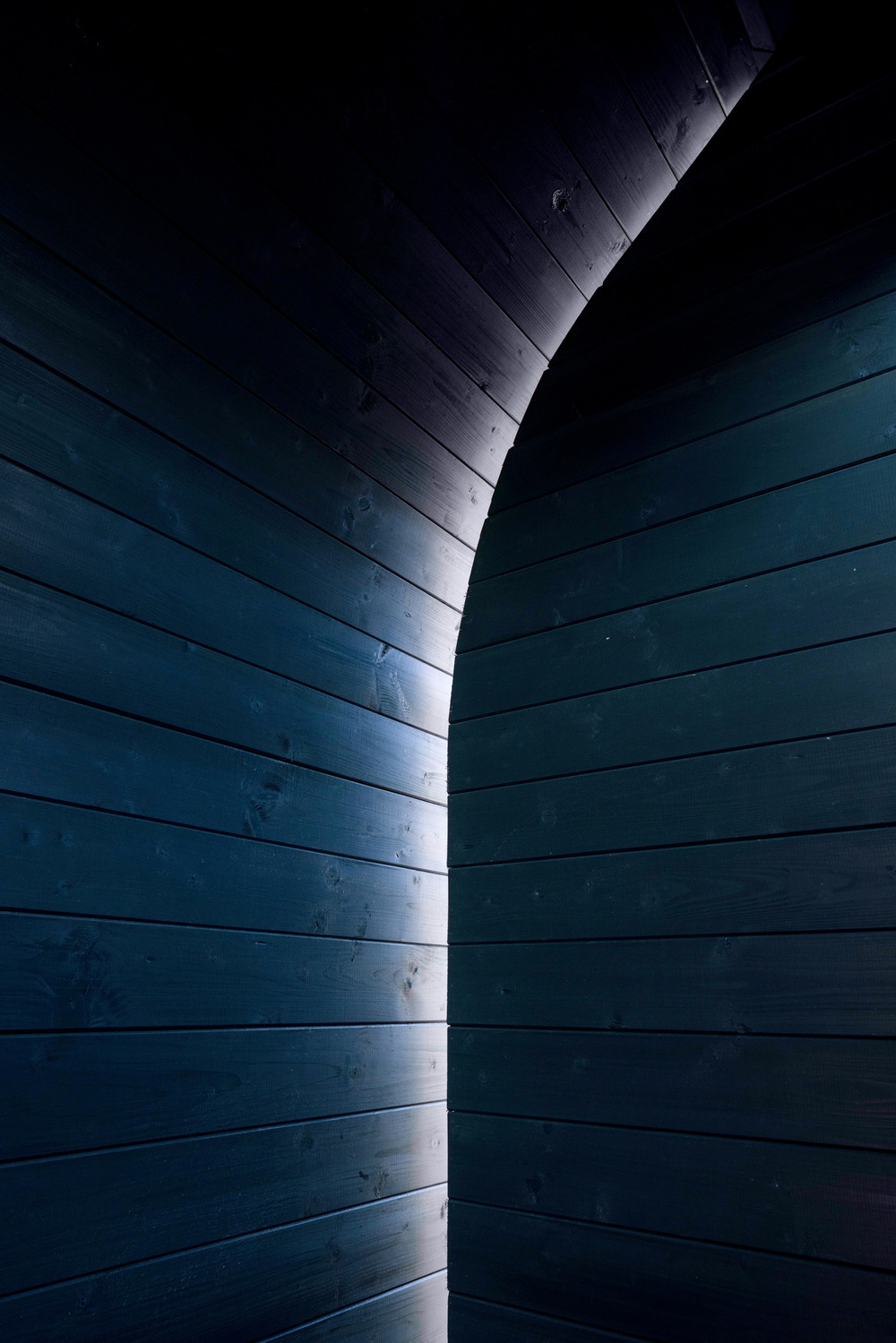
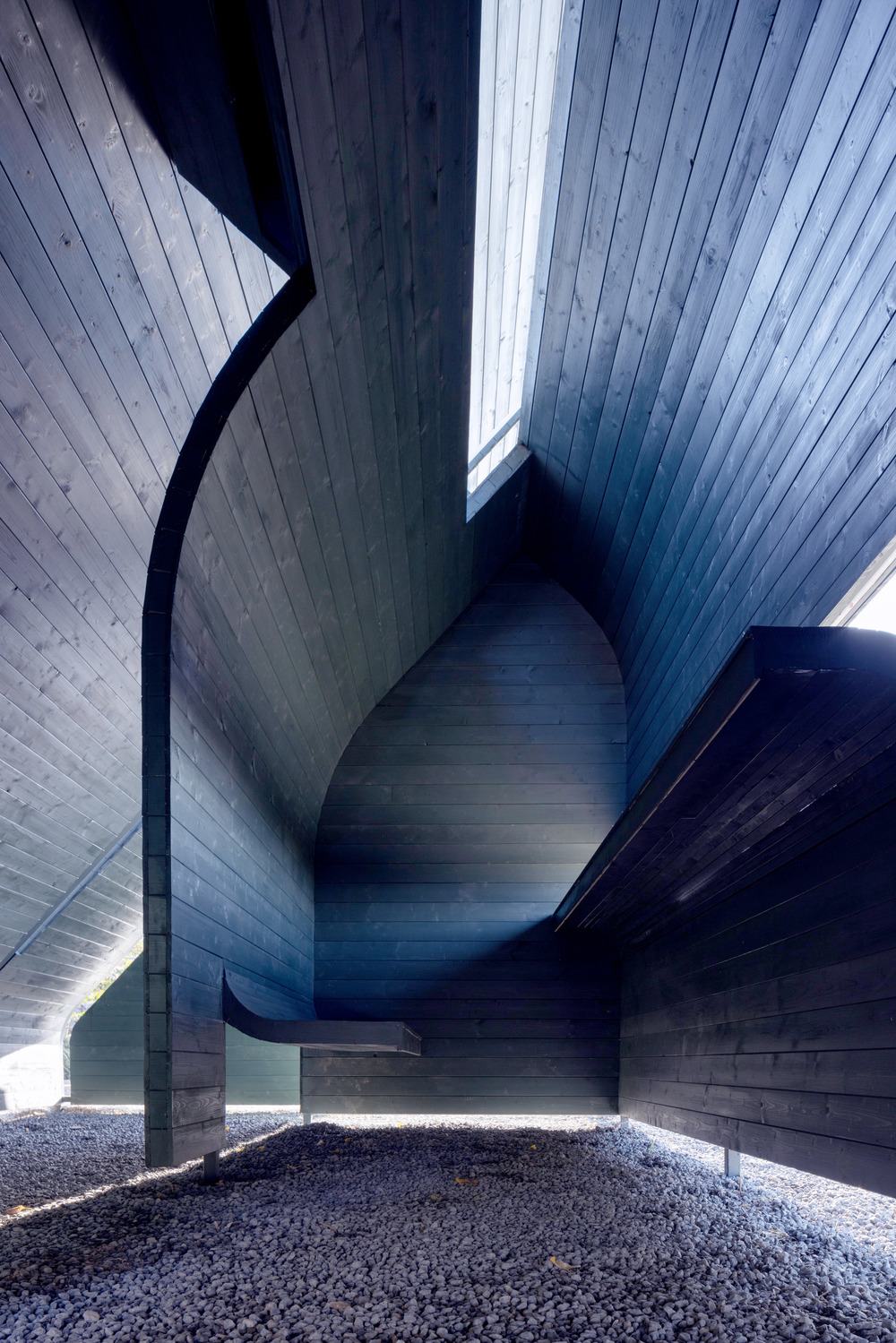
Breeze, sunshine, the sound of waves, drizzle, sweet osmanthus fragrance, affecting feelings, perceptions, touch, hearing, visual elements, are the materials of our design.
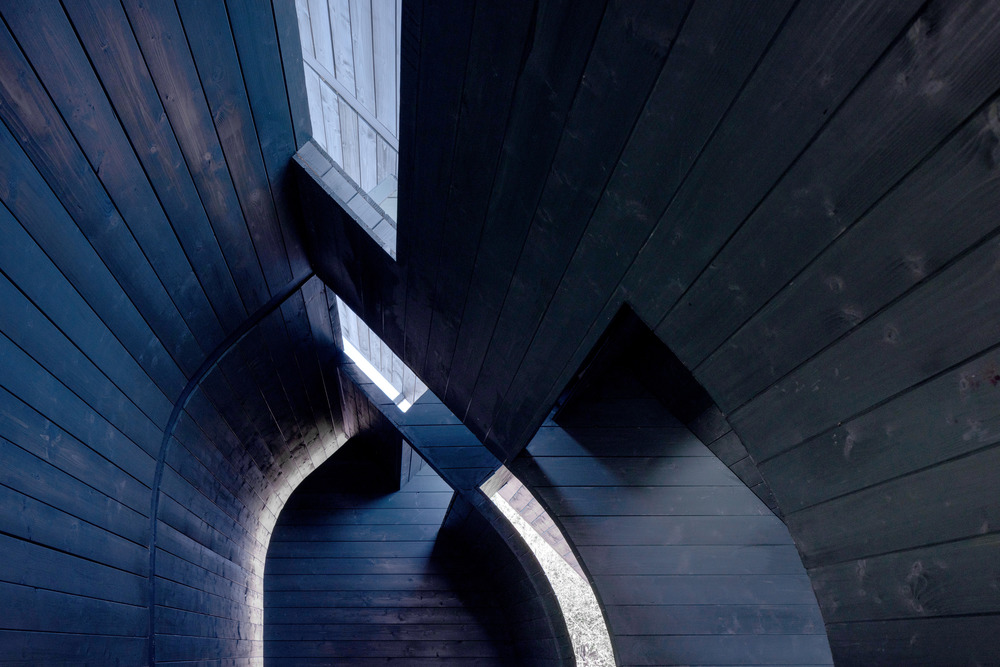
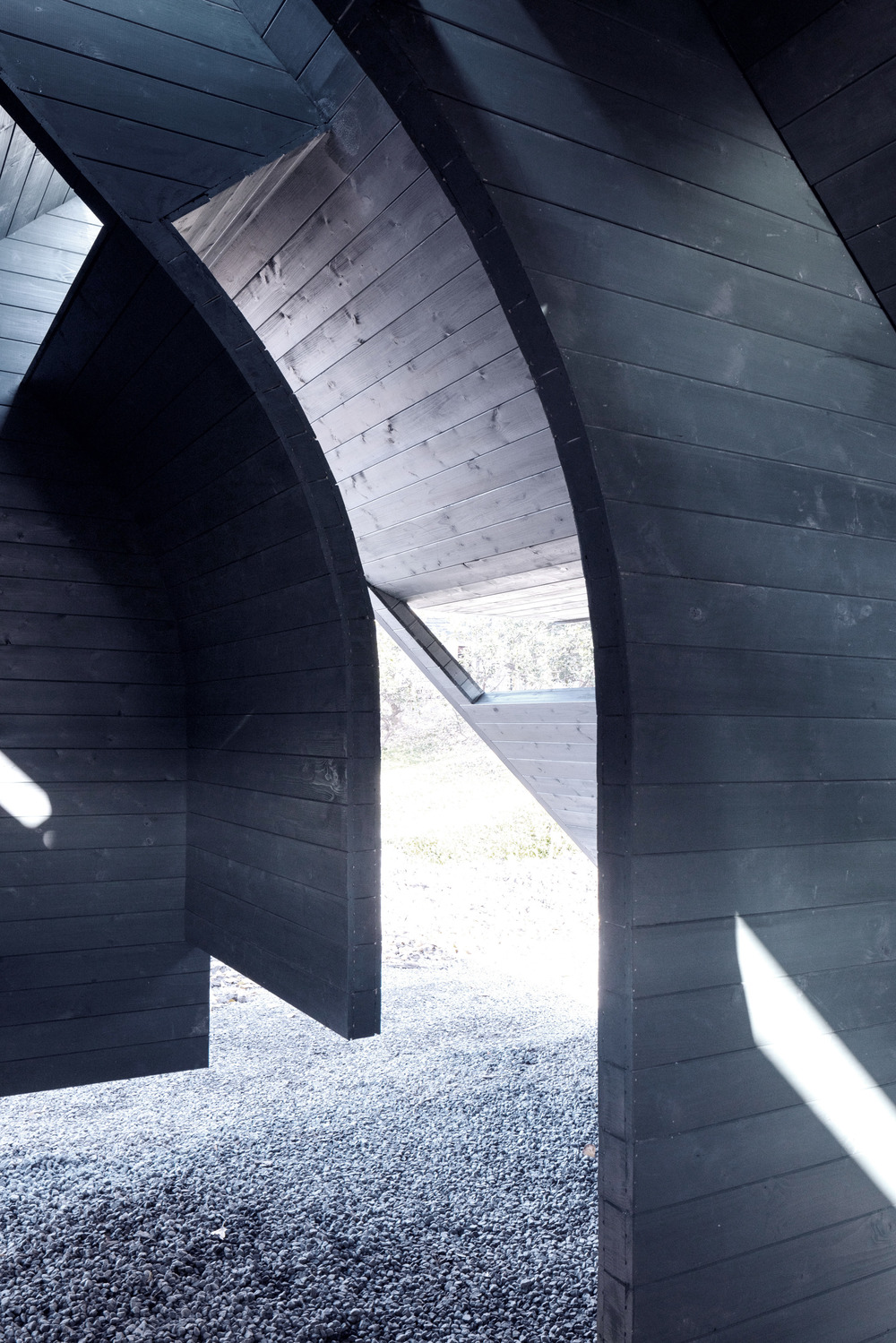
Through keyword research, architects began to create new forms of space in response to the various design elements surrounding it. The act of light, the rising of the sun, the setting of the sun, the passing of the last light, the coming of the lamp, the illumination, is a dialogue between space and time. The surrounding environment, sea breeze brushing, leaves rustling, frogs chirping, cicadas singing, is the medium of dialogue between people and space.
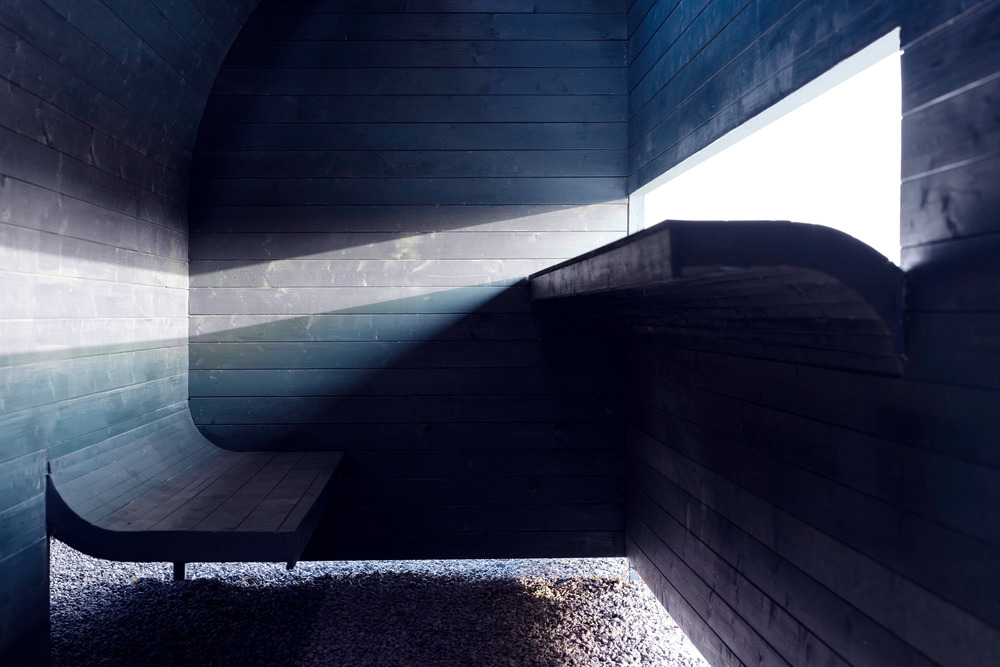
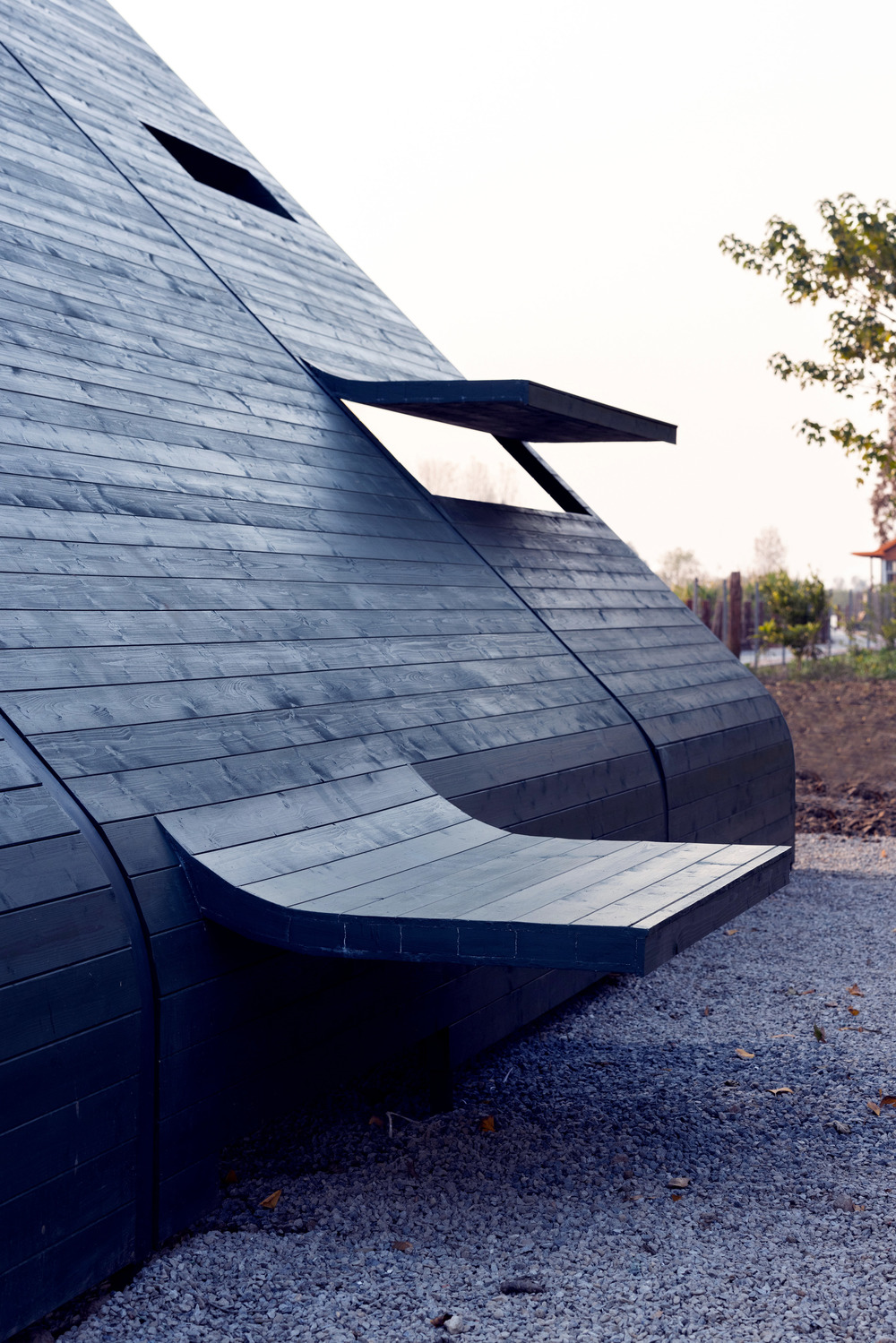
Human behavior, such as sitting, squatting, lying down, meditating, listening, peeping, wandering, overlooking, and even staring, is the form of space.
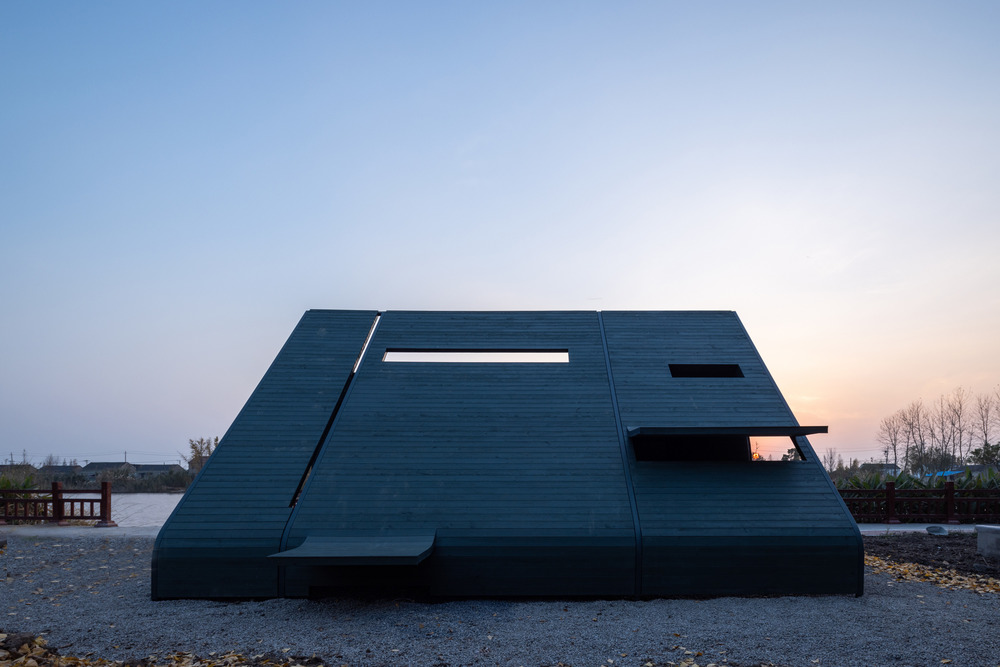
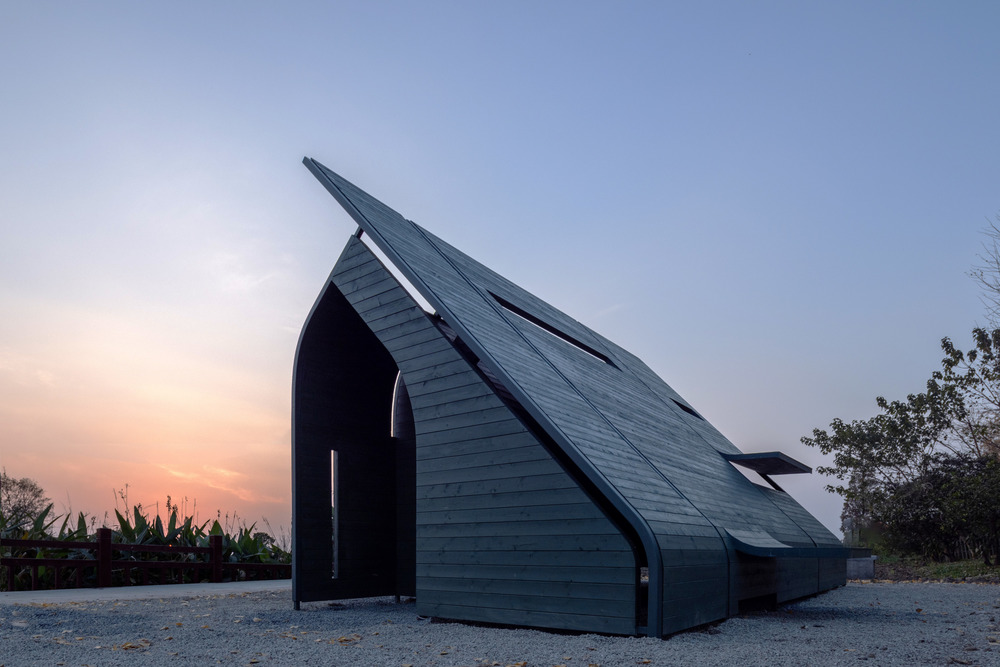
About LIN architecture
LIN architecture is a cutting-edge design and research institution in Asia, dedicated to space research, design, and education. The creative field of the studio covers architecture, urban, landscape, interior, plane, interactive technology, cultural communication, design education, and virtual construction. Creative media includes publications, exhibitions, videos, and other media arts.
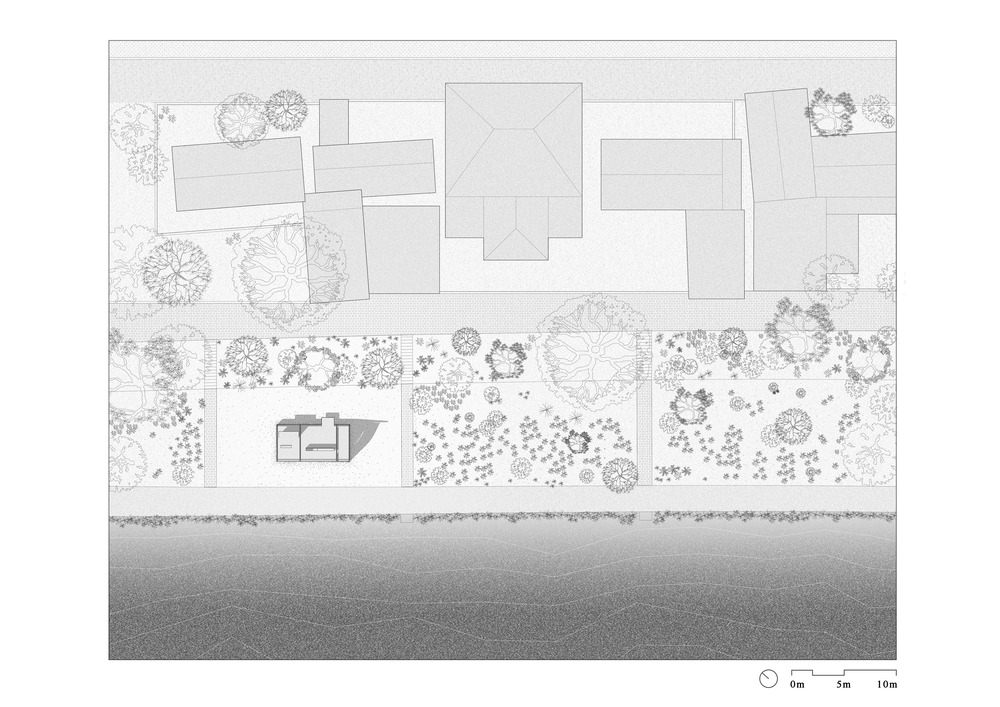
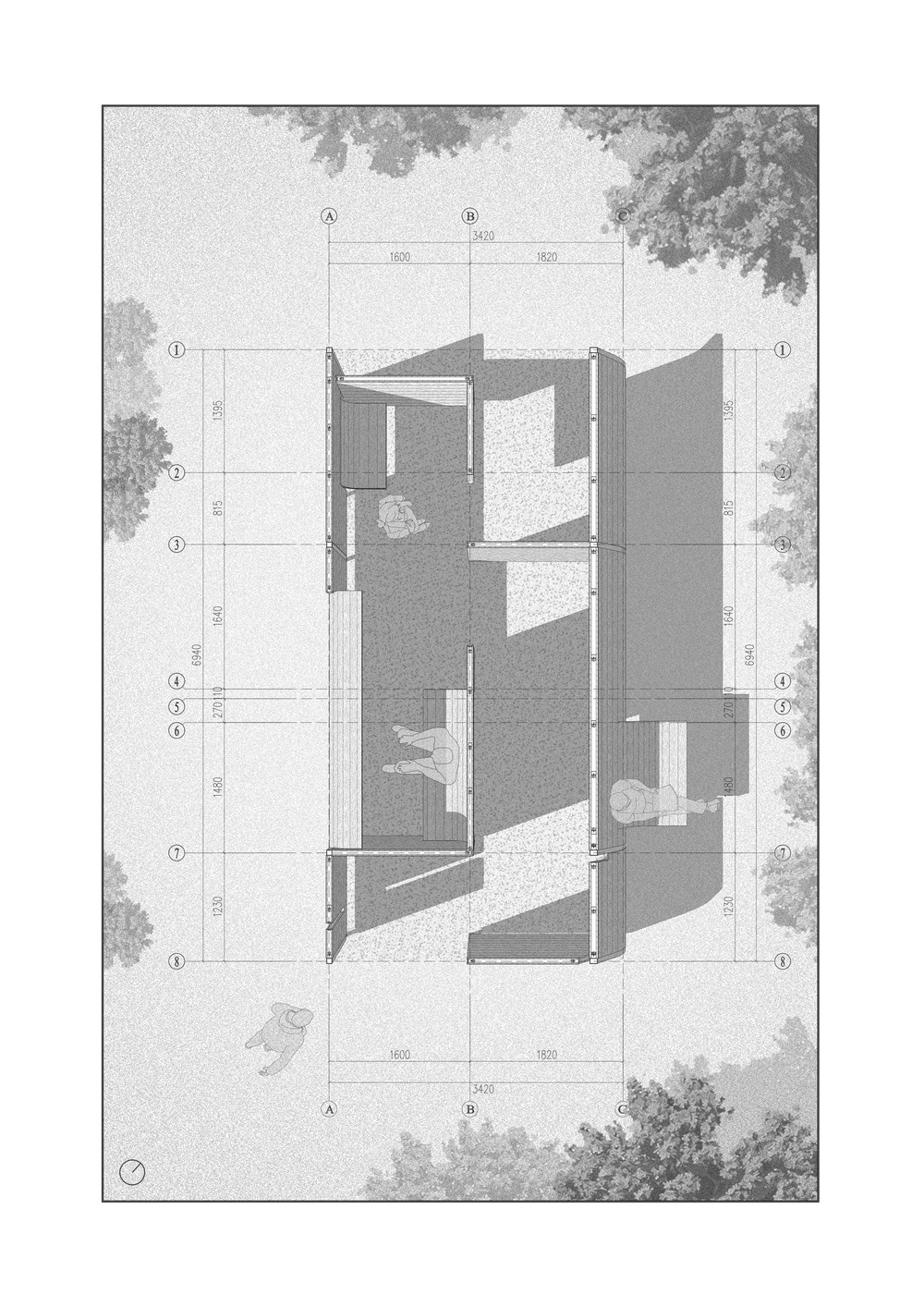
Facts & Credits
Project title Wood Pavilion #1 Experiment on space prototype (I)
Typology Pavilion, Installation
Location Zhenjiang, Jiangsu, China
Area 50 m²
Site area 160 m²
Date 2021, December
Design firm LIN Architects
Lead architects Lin Lifeng, Chen Yuwei
Teaching research & materials support RAC Studio
Construction guidance Shanghai Kangle Wood Structure Co., LTD
Technical consultants Shao Yinghong, Hu Hongman, Xie Gong
Owner & venue Aoya Design, Jiangxinzhou Wutao Village
Drawings Chen Yuwei, Chai Zongrui, Li Xueqing, Huo Yan, Huang Qiyue
Design participation & site construction Chai Zongrui, Li Xueqing, Huo Yan, Huang Qiyue, Zhong Yaoyao, Ren Yiyang, Chen Xiaochi, Chen Luyao, Yang Chenxuan, Wang Xuening, Zhang Zhen, Li Xiaomin, Zhu Xuanyi, Wu Yifan, Lu Zheyuan, MAO Dangran, Wen Sirui
Photography Songkai & Lin Lifeng
READ ALSO: IHEARTBLOB wins TAB 2022 Installation Programme Competition “Fungible Non-Fungible Pavilion” introducing the first ever blockchain-funded architecture initiative
